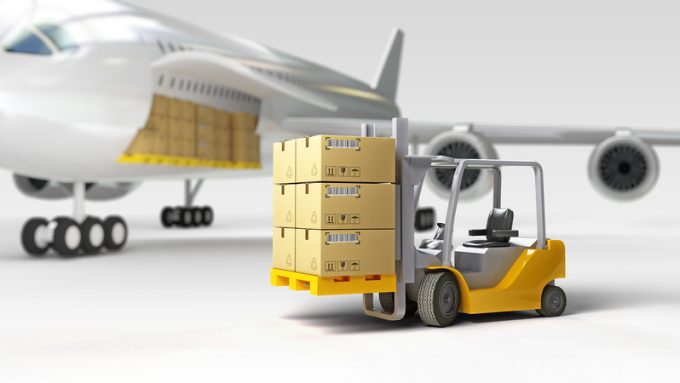The Loadstar Podcast | May 2025 | Tom Bradley of Amazon Air Cargo talks tradelanes, tech – and tariffs
In this interview podcast, Charlotte Goldstone chats with Tom Bradley, director and GM for Amazon ...

A 27% relative discrepancy in the way aircraft load factors are calculated is a “terrible miss” for the industry, it was claimed today.
Last year’s Project Selfie, which re-examined the way load factors are calculated, revealed that, in some cases, recording utilisation by weight alone significantly ...
Four crew members still missing as Wan Hai 503 continues to burn
Explosions and 'out-of-control' fire reported on Wan Hai box ship
Predatory rivals circle as the ripples from DSV's Schenker buy widen
MSC Elsa crew face criminal probe, as Wan Hai 503 firefighters battle on
'It's driving us mad', say forwarders as US court fails to end tariff turmoil
Transpacific rates ease as capacity boost proves too much for trades to digest
European port congestion easing – for now
CMA CGM 'testing the water' of the Suez Canal for more services
Flexport: Sanne Manders talks profitability, fire-sales and Dave Clark
More legal trouble in India for MSC: feeder vessel detained after box ship disasters
DSV insiders hit back at Kuehne & DHL GF – got a 'pro integration' going
Latest Israeli attack on Iran a threat to box ships in Straits of Hormuz

Comment on this article
CargoMan
September 25, 2018 at 4:50 pmSo, how is dynamic load factor calculated? Is there a preset formula?
Alex Lennane
September 25, 2018 at 5:53 pmHello CargoMan, There is a bit more detail in previous posts: https://theloadstar.com/open-letter-iata-lies-damned-lies-loadfactor-statistics/ and https://theloadstar.com/project-selfie-cargo-airlines-can-see-measure/
Or you can email the architect of this initiative at selfie@support.useclive.com.
Thank you for your interest.
Alex